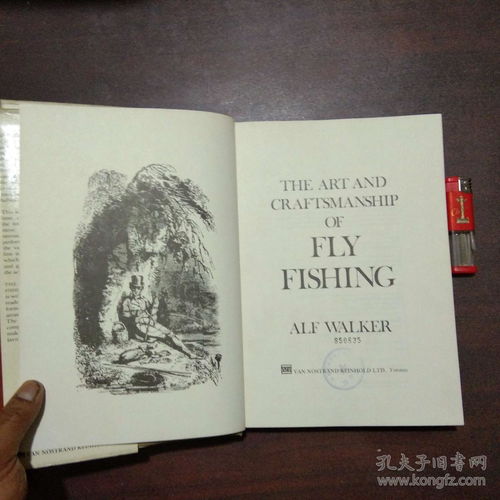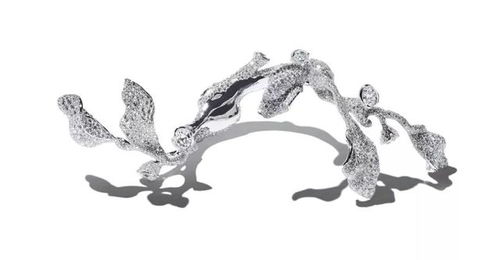As the sun dips below the horizon, casting your line into the serene waters, the art of fishing becomes a tranquil escape from the hustle and bustle of daily life. However, for beginners, the process of setting up and adjusting your tackle can seem daunting. Fear not! This comprehensive guide will equip you with the essential tackle adjustment tips to help you embark on your fishing journey with confidence.
Understanding the Basics of Tackle Adjustment
Before we delve into the nitty-gritty of tackle adjustment, it’s important to understand what exactly it entails. Tackle adjustment refers to the process of fine-tuning your fishing gear to ensure it functions optimally. This includes adjusting the fishing line, leader, lure, and other components to suit the fishing conditions and species you are targeting.
Choosing the Right Fishing Line
The first step in tackle adjustment is selecting the appropriate fishing line. Here are some factors to consider:
- Type of Fish: Different fish species require different line types. For instance, braid is excellent for targeting large, powerful fish due to its strength and sensitivity, while monofilament is better for smaller fish or when fishing in murky waters.
- Water Conditions: Clear water often requires a lighter line to avoid spooking fish, while murky water may necessitate a heavier line for better visibility.
- Environmental Factors: Consider the wind, current, and water temperature, as these can impact the performance of your line.
Measuring and Cutting the Line
Once you’ve chosen the right type of line, it’s time to measure and cut it. Here’s how to do it:
- Measure the Length: Determine the length of line you need based on your fishing spot and the distance to the bottom. A general rule of thumb is to have at least 30 feet of line for freshwater fishing and 50 feet for saltwater.
- Cut the Line: Use a sharp pair of fishing line cutters to cut the line cleanly. Be sure to leave a small tag on the end for easy identification.
Attaching the Leader
The leader is a segment of line that connects the main line to the lure or hook. Here’s how to attach it:
- Select the Right Leader Material: Leader material should be a different type from the main line to reduce visibility. Fluorocarbon leaders are popular due to their low visibility and strength.
- Attaching the Leader to the Main Line: You can use a blood knot, improved clinch knot, or a uni-knot to attach the leader to the main line. Practice these knots before heading out to ensure you can tie them quickly and efficiently.
Attaching the Lure or Hook
Once the leader is securely attached, it’s time to attach the lure or hook:
- Choose the Right Lure or Hook: Select a lure or hook that matches the species you are targeting and the type of fishing you plan to do. For example, a spinning rod with a lightweight lure is ideal for panfish, while a heavy-duty baitcasting rod with a large hook is better for larger fish.
- Attaching the Lure or Hook: Attach the lure or hook to the leader using a snap swivel or a loop knot. This allows for easy removal and replacement of the lure or hook.
Adjusting the Line Tension
The tension of your line is crucial for successful fishing. Here’s how to adjust it:
- Check the Line Tension: With your rod in a comfortable position, gently pull on the line to check the tension. It should be firm but not too tight, allowing for smooth casting and retrieval.
- Adjust as Necessary: If the line is too tight, you may experience a lack of sensitivity and difficulty in casting. If it’s too loose, you risk losing your lure or hook.
Fine-Tuning the Reel
The reel is the heart of your tackle setup. Here’s how to fine-tune it:
- Check the Drag: The drag controls how much tension is applied to the line when a fish pulls. Adjust the drag so that it’s firm but not too tight, allowing for a smooth fight without snapping the line.
- Grease the Reel: Regularly grease the reel’s moving parts to ensure smooth operation. Use a high-quality reel grease specifically designed for fishing reels.
Practice Makes Perfect
Finally, remember that practice makes perfect. Spend time familiarizing yourself with your tackle and techniques before heading out on your first fishing trip. This will help you become more comfortable and efficient in the field.

Conclusion
Tackle adjustment is a vital skill for every angler, regardless of experience level. By following these tips, beginners can set up their gear correctly and increase their chances of success on the water. Remember, the key to successful fishing is not just the tackle you use, but also the knowledge and skill you possess. Happy fishing!












